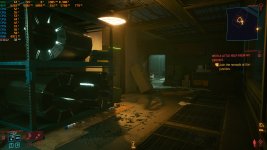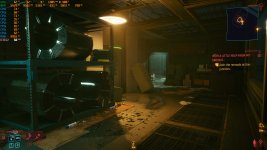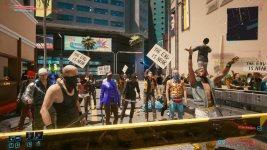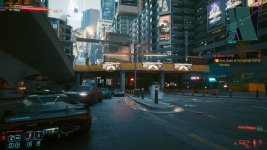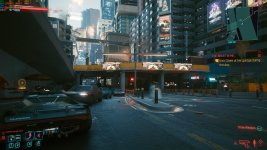DX7 is cube map reflections. Reflections capture actors are non-dynamic (static) actors. They are built when lighting is built, same with Parallax Corrected Cubemaps they are baked. This lead to the distortions that were being talked about, they are inherent to cube map based reflections.
https://youtu.be/AQ2jIgqLHPA Environment maps are more the sky box or background (also Reflections and Refractions) being pre-rendered.
https://youtu.be/_IEiyJicyQQ Parallax Corrected Cubemaps
https://youtu.be/JB05cvycfLI https://youtu.be/H35QWMuoF3Y.
Planar Reflections render the whole scene a second time hitting the CPU, this is in addition to a fill rate hit to the GPU. Nornally the player is not seen in the output. SSR only operate on objects visible within the screen space. Everything that is not visible in the camera's viewing frustum wont be rendered in the reflection.
https://youtu.be/1Sx9qINRoIY Also does not work well for things like mirrors.
Crysis 2 DirectX 11 update, CryTek uses Realtime Local Reflections done by approximating ray-traced High Dynamic Range reflections local to specific objects. RLR allows for any curved surface to reflect the nearby surroundings in real time without taking too much of a performance hit on the GPU processing.
https://youtu.be/FujNY_pHWHg
https://youtu.be/jO0ZxX2wGi8 https://youtu.be/airQR0BstNA
RT reflections look more realistic. It does not have to be baked. It will capture the player on the scene or dynamic components.







 ), DDR3(1333Mhz 4x8GB) and 3080(PCIe 3.0x16).
), DDR3(1333Mhz 4x8GB) and 3080(PCIe 3.0x16).
